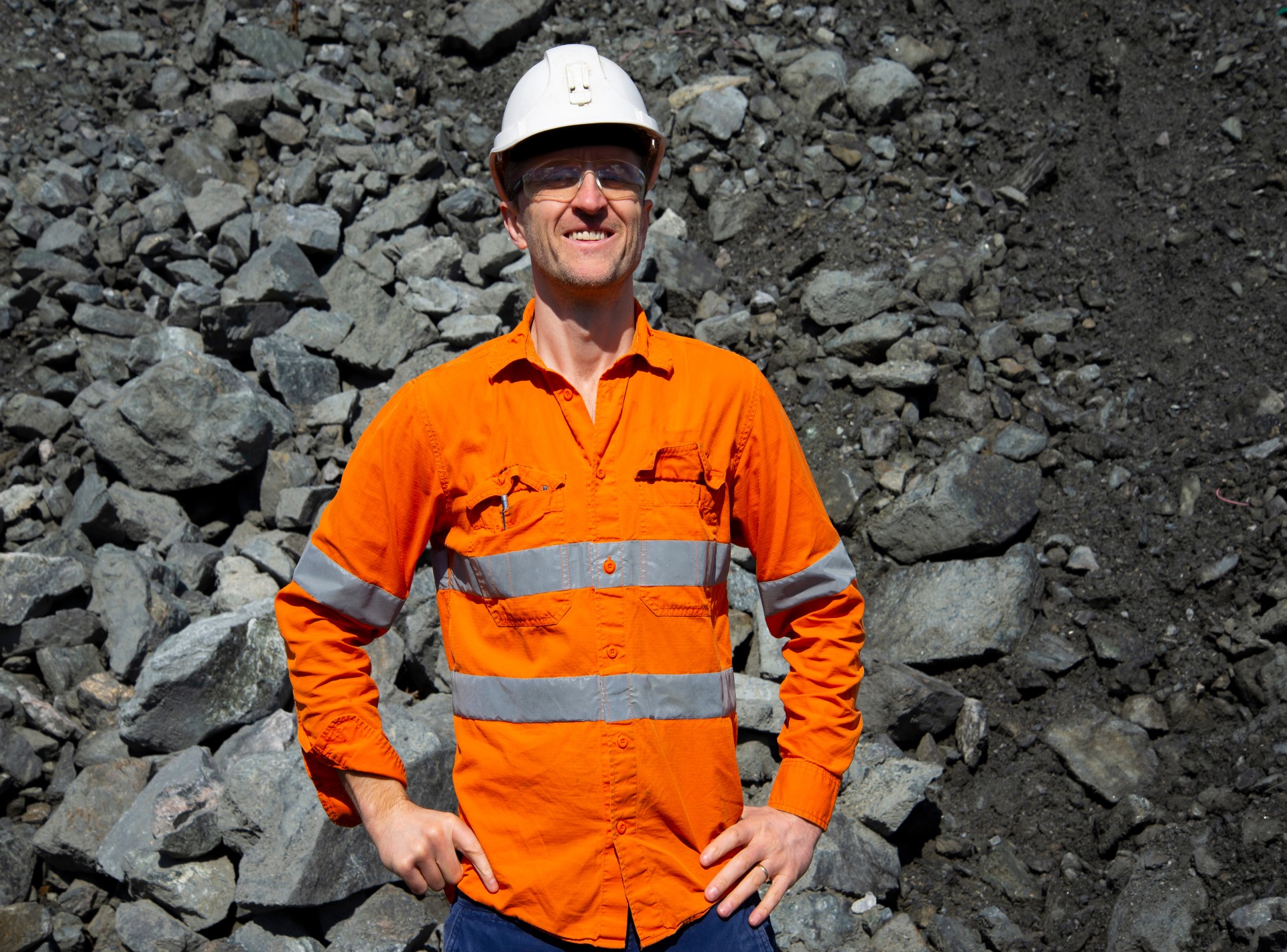Previous research has found FIFO shift workers are particularly sleep-deprived and at risk of developing sleep disorders, and a new study by ECU will look at where remote workers in the resources industry are sleeping to see how it impacts their quality of sleep.
Researchers are calling for FIFO workers to take part in an online survey, and/or wear a sleep tracker to bed, with a light/temperature data logger placed nearby to record the conditions of their ‘sleep environment.’
Lead researcher Philipp Beranek said it was vital to investigate what could be done to improve resources workers’ sleep health, with shift work an almost standard clause thanks to the industry’s need to maintain near-constant operations.
“Sleep is a paramount physiological state for health and performance while we’re awake,” he said.
“We know resources workers experience sleep difficulties; therefore, investigating modifiable factors which impact sleep is crucial, and our main aim is to quantify the relationship between the sleep environment and the sleep patterns of shift workers in the sector.”
ECU conducted the biggest study of its kind on the sleeping habits of FIFO shift workers during the pandemic, published October 2021 in Applied Ergonomics, in which 60% of participants were found to be at risk of developing sleep disorders such as obstructive sleep apnoea and ‘shift work’ disorder.
Some 75 FIFO shift workers wore a validated sleep and activity tracking device for three weeks over a “two and one” work rotation, which comprised of seven dayshifts, followed by seven nightshifts and a week off, before answering questions about their sleep and lifestyle behaviours.
The research also found that sleep duration was 77 minutes shorter following each night shift and 30 minutes shorter after day shifts, which resulted in an accumulated sleep debt before returning home for a seven-day rest period.
Supervisor Dr Ian Dunican said at the time that this this sleep debt could accumulate over the roster cycle of 14 consecutive shifts, impacting workers’ alertness and concentration.
“The nature of the roster means people are typically working shifts in excess of 12 hours, plus travel, time for eating, exercise and downtime,” he said.
“When all these activities are combined it leaves little opportunity to get eight hours of sleep; the reality is many workers are getting less than seven hours of sleep per night.”
While it has been assumed that this would allow workers to catch up on sleep, Mr Beranek said the impacts of sleep debt could continue to be felt after returning home, even though adequate sleep was vitally important in an industry as potentially hazardous as the resources sector.
“Sleep loss can negatively affect mood, the immune system and cognitive functioning such as attention and memory,” he said.
“It can result in increased risk of workplace accidents, increased absenteeism and reduced job satisfaction and team effectiveness, with financial consequences for employees and employers.
“The sleep environment has been identified as a crucial element in fatigue risk management and initial studies in other populations indicate sleep environment factors such as light and temperature can negatively impact sleep.
“To date, no study has investigated the sleep environment and its influence on the sleep of shift workers in extractive industries; our study is designed to close this gap.”
“We also want to find out if workers’ sleep does actually improve once they’re in their own bed: do they have children waking them up, noisy neighbours, social commitments keeping them from getting enough sleep?”
To answer these questions, participants will continue to monitor their sleep environments during their time off work, and Mr Beranek pointed out that this aspect of the study’s findings could help improve the sleep health of workers outside the resources sector, and the broader public.
“Research from the Sleep Health Foundation found inadequate sleep cost Australia $66.3 billion in 2016-17 — so it’s a major issue, not just in the resources sector,” he said.
“Improving this situation is in everyone’s interests, so we are expecting this research to lead to individual and organisational changes for the better.”
GPs interested in the study on behalf of their patients can find out more by visiting the study site at: www.sleeproom.au


